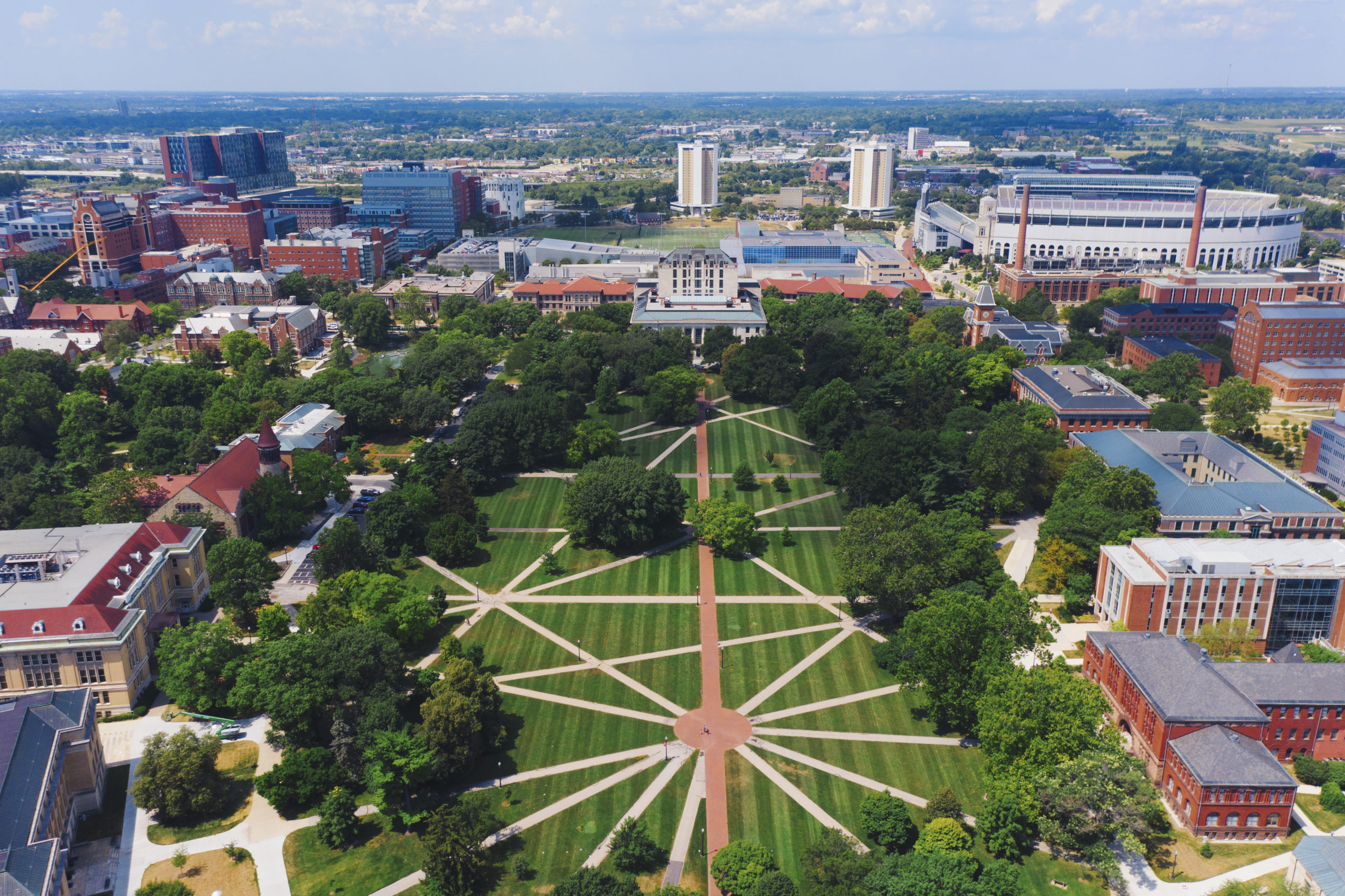From talent recruitment and retention plans to flexible work models, leaders in Higher Education are facing up to the challenges of fall 2021. We spoke with some top Advancement professionals about such topics as productivity and resilience, and what advice they would give their colleagues, as they adapt their approaches and look towards the future.
Interviews by Lindauer Higher Education Practice Area leaders:
Senior Executive Vice President Jill Lasman and Senior Consultant Christian Myers
What is the current workforce model (in-person, hybrid, remote) at your institution?
Tom Baird, Vice President for Development, University of Michigan:
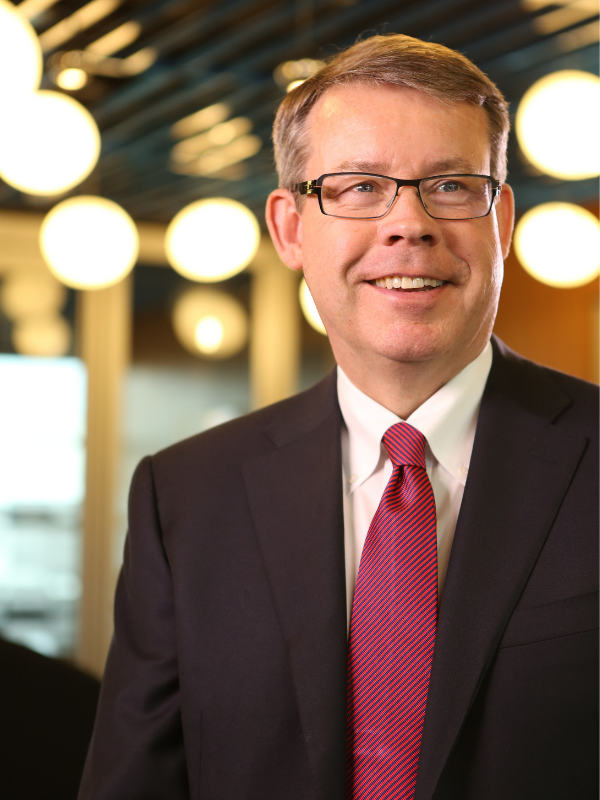
In the U-M Office of University Development, we’ve adopted a hybrid model of “flexibility first.” We realized we couldn’t predict what the perfect model would be, so we declared the fall semester an “exploratory period” where we will adapt and learn together. We’re encouraging teams to experiment with different options and figure out what’s ideal for them — how they can be their best selves doing their best work.
We asked each team to submit their ideal plan with options of 100% remote, 100% in-person, or a hybrid combination. For example, our IT groups are planning to be almost fully remote, while our events teams and gift officers will do more in-person work. Through the semester, we’ll evaluate this approach, using both qualitative and quantitative data, and establish a long-term plan in January.
The increasing risks of the delta variant, met with a university-wide indoor mask requirement, offered a couple of good tests for this approach. As we considered whether to change our plan or delay our start date, we realized that the “flexibility first” plan was solid. Each team has the option to make adjustments as needed, and we encourage them to do so in a way that balances personal concerns with good business.
Kevin Heaney, Vice President of Advancement, Princeton University:
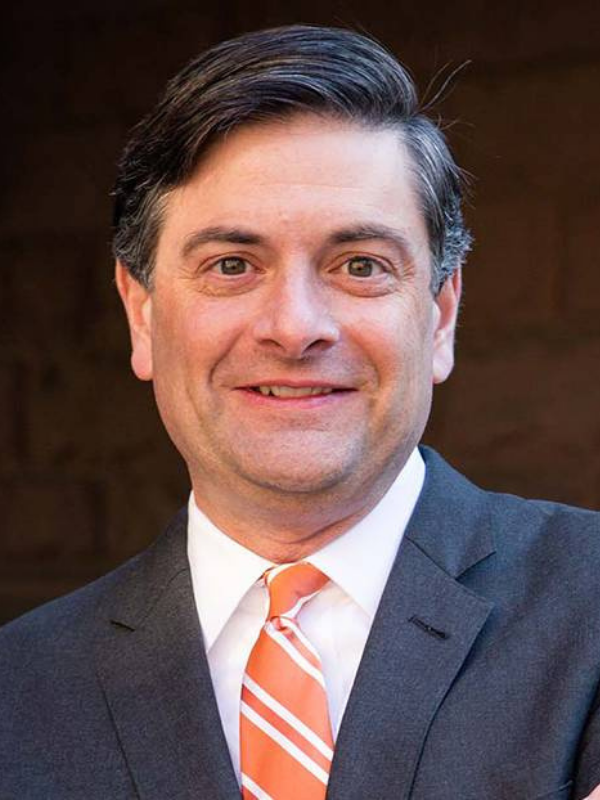
Princeton has decided to keep these decisions local and has empowered each of the Vice Presidents to make decisions around what I prefer calling flexible work arrangements, rather than remote. Ultimately, the workforce model is totally on a case-by-case basis, but departments have to administer this equitably. If you’re going to give some associate directors this flexibility, you have to do it across the board, unless they’re not in good standing or they’re not asking for it.
This model is also fluid. So maybe you work two days at home a week, but those days vary from week to week, depending on what’s on the agenda. If we call an all-staff retreat on a Wednesday and that’s typically your day to work from home, you will be expected to come in for that.
Rickey N. McCurry, Vice President of Philanthropy & Alumni Engagement, University of Nevada, Las Vegas:
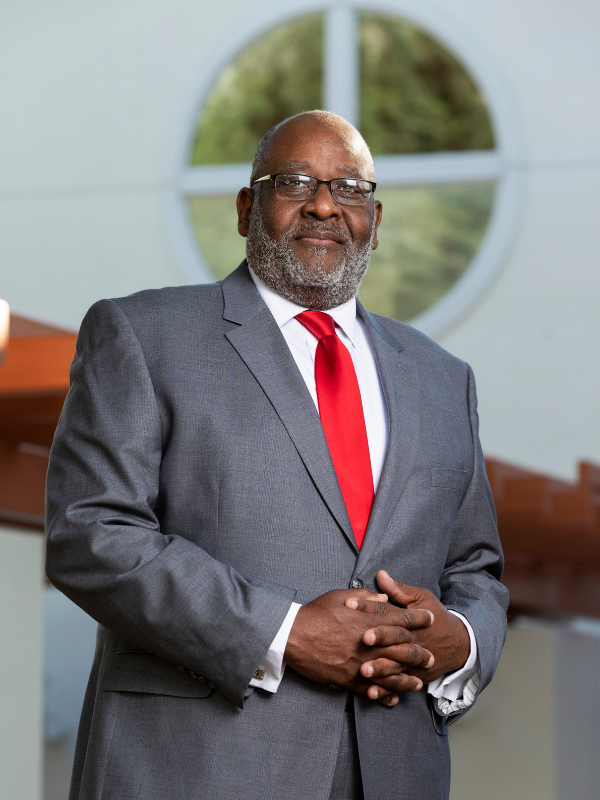
We are instituting a hybrid model across UNLV including the Foundation. Specifically, anyone can work remotely up to 40% of the time and you must be on campus at least 60% of the time. Only those with ADA accommodations will be able to work remotely 100%.
While we want to provide flexibility for our staff, we tried to be very clear that we want our people to be on campus as a university. Because our work is so critical, in my role as head of the Foundation and Vice President for Philanthropy and Alumni Engagement, I believe it is important for us to really be a visible part of the fabric of the university. I find it difficult to do that if we’re all in our separate homes.
James Moore, President/CEO, University of Illinois Foundation:
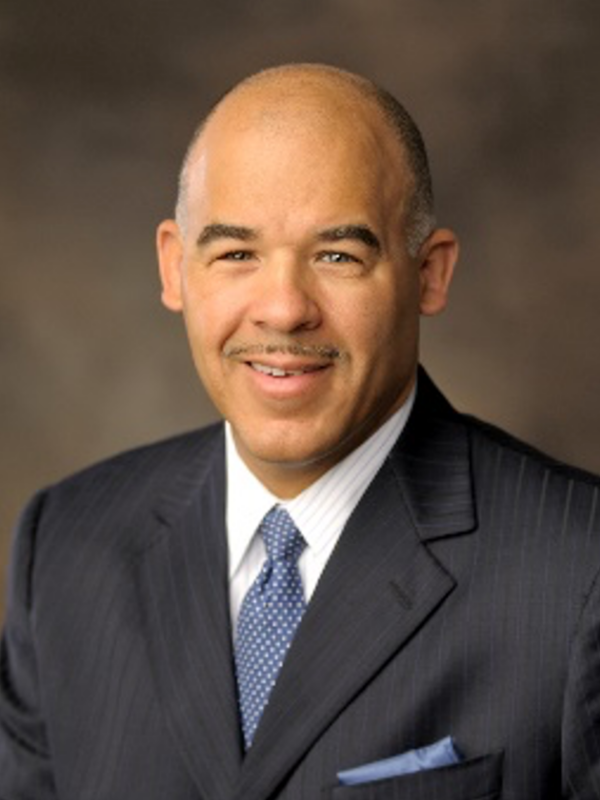
We fully expect some of our team will continue to work from their current alternative locations. In our case, our executive leadership team collectively opined on this issue, and we also sought input from our managers. Additionally, because many of our staff members work on a university campus, we must comply first with all university policies, and where and when possible, we try to mirror the policies and procedures of our campus hosts.
Shelby Radcliffe, Vice President for Advancement, Willamette University:
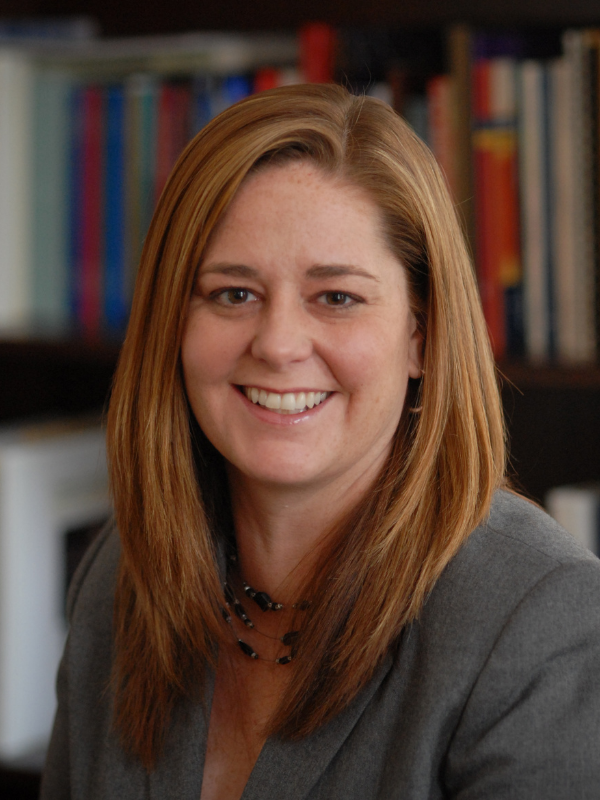
In Advancement, people coordinate their days out of the office so that we can make sure we have in-office coverage for University Relations and Advancement Services. In our area, almost everyone is taking advantage of this policy. In fact, I can’t think of a person who isn’t taking advantage of it. The overall policy is a university decision, but I discussed with my leadership team if we would have any division-specific policies like only being able to work remotely on specific days of the week. Ultimately, we decided that uniform constraints to make people do the same thing didn’t accomplish the goal of giving people the flexibility they needed because people’s lives and family situations are different. So, we decided that for a while, we would try to do it “the messy way.” That is that people could choose the days they wanted to work remotely. They would only need to identify the days on their calendars and communicate with their supervisors. I would say that 60%–70% of people have identified regular days that they plan to be out. The other 30% say that they will determine the days several weeks in advance, but it will be as needed.
One of the reasons it’s important to the leadership team (myself included) for us to try to be on campus is because we’re a small residential university. There’s a sense of vibrance that is created not only by the presence of the faculty and students but also by the presence of the staff. The students benefit from that vibrance and so do we, whether it’s running into each on the way to dining services or making connections with people we’ve missed for a year and a half. Overall, our initial desire is to try to keep people on campus at least some of the time so that we don’t go too much longer without the soft connective tissue that helps an institution stay healthy.
Courtney Surls, Vice President of Development and Alumni Relations at American University:
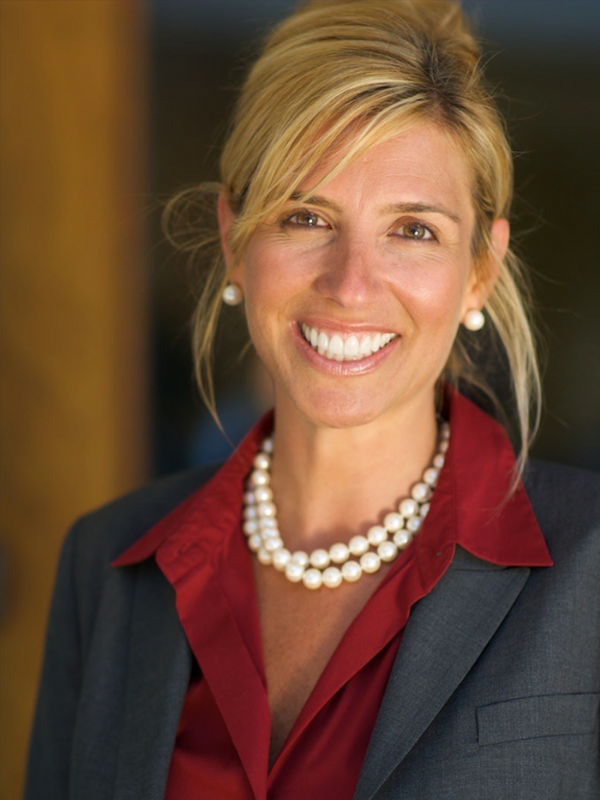
We have chosen to go forward with a hybrid model. This was not based simply on health and safety considerations, but also on what we think is the right future for our workforce and the kind of flexibility we believe will best suit the personal and professional lives of our colleagues. The university has committed to supporting a hybrid work plan and is allowing each division to make decisions around a set of basic parameters. We fundamentally believe that work-life is evolving. We need to be bold and get out in front of it.
As employees return to the office, what keeps you up at night as a leader?
Tom Baird: I think a lot about maintaining a positive culture. I’m convinced that’s the road to achieving the best long-term results. The pandemic has certainly made the elements of a positive culture challenging — I worry about burnout, equity issues, and how to develop the high-quality connections that help people thrive. That’s why I’m eager to get this workplace transition right, to set us up with a thriving, productive team that loves what they do.
Kevin Heaney: We’ve been putting a lot of thought into how we bring people back. The way I look at it is, a little over a year ago, we were thrust into a situation where we had to figure out how to get everybody out and working remotely. And now we’re in a new situation, and it’s not about getting people back to the way it was. It’s about figuring out what the future is. So, we’re going through yet another transition going forward, and we have to figure that out. The leadership team has been spending a lot of time in the summer thinking about how this is going to impact the way we work with each other. We spend a lot of time focused on our organizational culture, and our number one concern is that this will start to unravel as we spend less time together.
There is a sizable number of the staff that are still weighed down by COVID. We have mandated vaccinations across the board. I’m happy to say every single person now has either received an exemption based on a medical or religious reason or they’ve gotten the vaccination. So, the university is now reporting that about 95% of faculty and staff are fully vaccinated.
Rickey N. McCurry: What keeps me up at night is what has kept me up from the very beginning of the pandemic: achieving effectiveness, productivity, and success. We hear people say that moving to a virtual world is the best thing that ever happened because they’re so much more effective. But how do we measure effectiveness and productivity, and how do we do it in a way that neither the on-campus or the remote person has an advantage? Other than trying to raise the money that we need to raise, that’s the big piece that keeps me up at night.
Shelby Radcliffe: The idea that we might not be able to do our jobs due to travel restrictions and that our donors might be “Zoomed-out” [fatigued] is making us all nervous. That’s one of the things that concerns me most because, in our experience, our donors have high expectations for presence right now. 95% of them were totally willing to meet with us via Zoom over the past 18 months. But now they want to see us. They expect us to come to them, at least for a while. They are so done with Zoom at this point, so although we offer Zoom as an alternative, I worry about that.
Early on, we did a training on Discovery in the Zoom World because there was a lot of nervousness about it. It’s one thing to have a Zoom meeting with a person you know. It’s another thing entirely to request a Zoom with someone you don’t, and you don’t have the option of saying “I’m going to be in San Diego, and I would love to stop by your office and talk about your wonderful career.” We are revisiting that training and adding a layer on gift-planning discovery, in particular, to refresh that it can be done. We’re in the third-to-last year of a campaign, and we need to do discovery to finish the campaign successfully, so that worries me.
We are planning to make hires this year: seven positions that were held vacant for obvious reasons. I do worry about integrating them into the team culture and indoctrinating them into the spirit of how we work together and our philosophy of the work. I also worry that there’s a little less energy to do virtual team-building right now. Again, the world is tired of Zoom, so I do worry that our cohesion as a team will start to erode.
Courtney Surls: The need to stay resilient. We’ve launched our campaign and are in a good position to succeed with the goals and timeline we’ve set. But are we well enough prepared for the unknown? How do we manage through change and remain resilient for the next three years of our campaign, especially as we hear reports of a “Great Resignation” sweeping the country? We’ve developed an annual goal around the concept of campaign resilience to include succession planning, cross-training, and contingency preparation. What do you do if a resignation threatens a campaign setback? One strategy we’re using is to talk about opportunities within time segments of the campaign. We have 36 months left in the public phase of our effort. How do we encourage people to recognize the benefit of staying through a time period so consequential to the university and its future, as well as to their own resumes?
Do you envision staffing models changing?
Rickey N. McCurry: Before the pandemic, we had a number of vacancies but went into a hiring freeze. We are now coming out of that freeze and are able to fill a number of those positions. There appears to be a lot of pressure to offer some sort of remote work option, or we won’t be able to attract people. But I think we attract people the way we’ve always attracted people: with our culture, our institution, our goals and vision, and our core values. I don’t think someone is going to pick a job because they get to work from home two days a week. Our hiring is at all levels including fundraisers, alumni staff, career services staff; at all levels within the organization, and we haven’t made any adjustments to write remote work options into our hiring plans. I know some of my colleagues across the country are finding this to be a challenge. Maybe geographical location plays a role in that, but we haven’t made any drastic changes.
James Moore: I have always believed staffing models should evolve as your organization and team evolves. In my opinion, the pandemic has perhaps forced us to be more proactive on this point as opposed to reactive. In addition to where people work, I think cross-training and outsourcing will be more utilized to better leverage our talent and to focus on those core functions that matter most. The question of where an individual works is still less important than making sure people are in the right jobs and on career paths that promote growth and advancement.
How will you go about attracting and retaining premier talent in the post-pandemic world?
James Moore: I like to recruit people who are first and foremost good people, who believe in the mission of our institution. To retain our talent, we will continue to proactively invest in our employees to address needs and create opportunities. For instance, during the pandemic, we recognized that some of our young families were struggling to manage working from home and providing in-home education to their children. In response, we offered those employees a stipend that could be used for in-home tutoring services. It was a win-win for everyone. Paying attention to workforce trends and being flexible will be critically important.
Additionally, our focus has always been on putting our employees in the best possible position to succeed. How they are resourced and where they work are a part of that process. If they can excel at their job remotely, we are open to providing that opportunity to new employees in the same way we would support current employees working remotely. Where you are in the organization is not a major factor in the decision to work remotely.
We have also acknowledged that people with highly competitive skills (specifically technology) are difficult to recruit under the best of circumstances. By offering flexibility regarding where they may live, we can increase our chances of recruiting and retaining them.
Courtney Surls: Before the pandemic, we were working on the creation of a comprehensive retention plan. Frankly, it was hard to find one plan that worked across the entire staff. Ultimately, we decided to look at retention plans on a more individual basis. We’re striving to be more thoughtful about recognizing individual contributions and the specific, measurable impact a team member is having in any given year. We’re working on providing more ownership as part of our goal-setting process. We’re encouraging opportunities for professional coaching in collaboration with HR and developing new ways to provide leadership training. We’re constantly reminding our colleagues that this is a great laboratory. We’re in the middle of the campaign and are building a program that never existed before. If you want to work in a place that allows you to hone your own skills while teaching the principles of advancement to the rest of campus, this is an exceptional opportunity.
What is your best advice to other Vice Presidents in a post-pandemic world?
Kevin Heaney: I’m a big fan of people being in the office, but I think the reality is going to force us to think differently about what work is like. We’re going to have to be really thoughtful about how we protect the cultures we try to create within our offices. We can’t lose sight of productivity. I think that’s the one thing that’s going to determine whether or not this works. Everyone says we can work remotely, and that has been the case. But we’ve had so few new people come into the organization and so few people leave. We went into a pandemic with a really solid functioning office, as we lose people and start adding new people, I’m not convinced that staying fully remote will retain that level of success. We’re going to have to think about how we onboard people. How do we create the partnerships and relationships across various divisions and departments that we were able to do successfully when we were fully together?
The other reality is a lot of us are anxious to get back out on the road. The work we do, we do because we love meeting donors and traveling. We’ve just lifted our travel ban, at least domestically. But people are still kind of hesitant to get out there. And I think we have to find a way to just push people out.
Rickey N. McCurry: The best advice I would give would be to know your organization and culture, and then do what’s best for that. I don’t think there’s a right solution for everyone. I think it’s great for us to collaborate and talk about what we’re doing, but at the end of the day, I can only be the University of Nevada-Las Vegas. We need to do what’s best for our culture and our people.
Shelby Radcliffe: Each institution is going to have policies for its entire community. As Vice Presidents, we have the opportunity to do several things that will help our team.
First, we can interpret those decisions and help our team understand why those decisions are being made. It really helped people when I talked to my team about coming back to campus as a commitment to our students and creating a sense of energy and vibrance on campus. That made sense to them, and it helped them to remember that’s part of why they like working for a university.
Another thing we can do is think about how to adapt the policy for our particular team. In advancement, our teams are very different because we largely have an outward focus. In speaking with colleagues at other universities, I’ve learned that people are finding creative ways to incorporate some of the benefits of working from home in hybrid work models, such as coming in four days a week but giving people flexibility in the timing of their commute. Overall, leaders and managers are finding ways to be within the university policy but helping the organization cope with the stresses of that particular policy.
I think the third thing we can and must do is continue to check-in, figure out how our teams are doing, continue to make changes, and advocate for our teams. And I need to remain attuned to how changes are impacting my team. When I see an issue that is a big enough challenge for a large enough portion of my team, I need to bring that issue to senior leadership and advocate for an approach that might accommodate those changes and anxieties. It may be advocating for more smart offices, advocating for going back to all-remote for some employees. It’s a balancing act, but if you already have a high-performing team and you know that people are working hard to do their jobs, we have to trust that they’re doing their best. When they bring anxieties and stresses to us, they are real, and we need to take them seriously. I will certainly check-in during our monthly staff meetings and also in my one-on-ones. Those meetings happen every week for some and every other week for others. I ask my supervisors to do the same. Then we’ll convene as a leadership team each week and check-in and ask how everyone is doing.
One thing I learned from that conversation with my colleagues at other institutions is that I don’t have to figure out the solution all by myself. If I identify a problem, I can email 17 of my colleagues at other institutions and ask if anyone else is dealing with it and ask how they solved it.
James Moore: Stay focused on your core mission and accept that the rate of change will increase over the next couple of years… and don’t panic when it does.
Courtney Surls: Do not rest on the laurels of what worked in advancement in the past. We should not use the phrase “best practice” and think that’s where we need to aspire. We need to be far more attuned to what our constituents and our institutions need in a dramatically changing environment. This is especially true for higher education, as our industry is coming under more and more scrutiny. The changes may not come as quickly to some institutions, but they’re coming. As leaders, we need to anticipate it.
We should all be thinking ahead. I think we’re privileged to work in such an interesting, evolving profession. Institutions of higher education are changing, but they are not going away, and advancement is going to be more important to success going forward than ever before. Also, I would tell any aspiring Vice President that if they aren’t thinking about diversity, equity, and inclusion within their own division, in their work across the university, or in their interactions with constituents, they will not succeed. Period, they will not succeed. Excellence is not possible without inclusion.
Interviews by Lindauer Higher Education Practice Area leaders:
Senior Executive Vice President Jill Lasman and Senior Consultant Christian Myers

